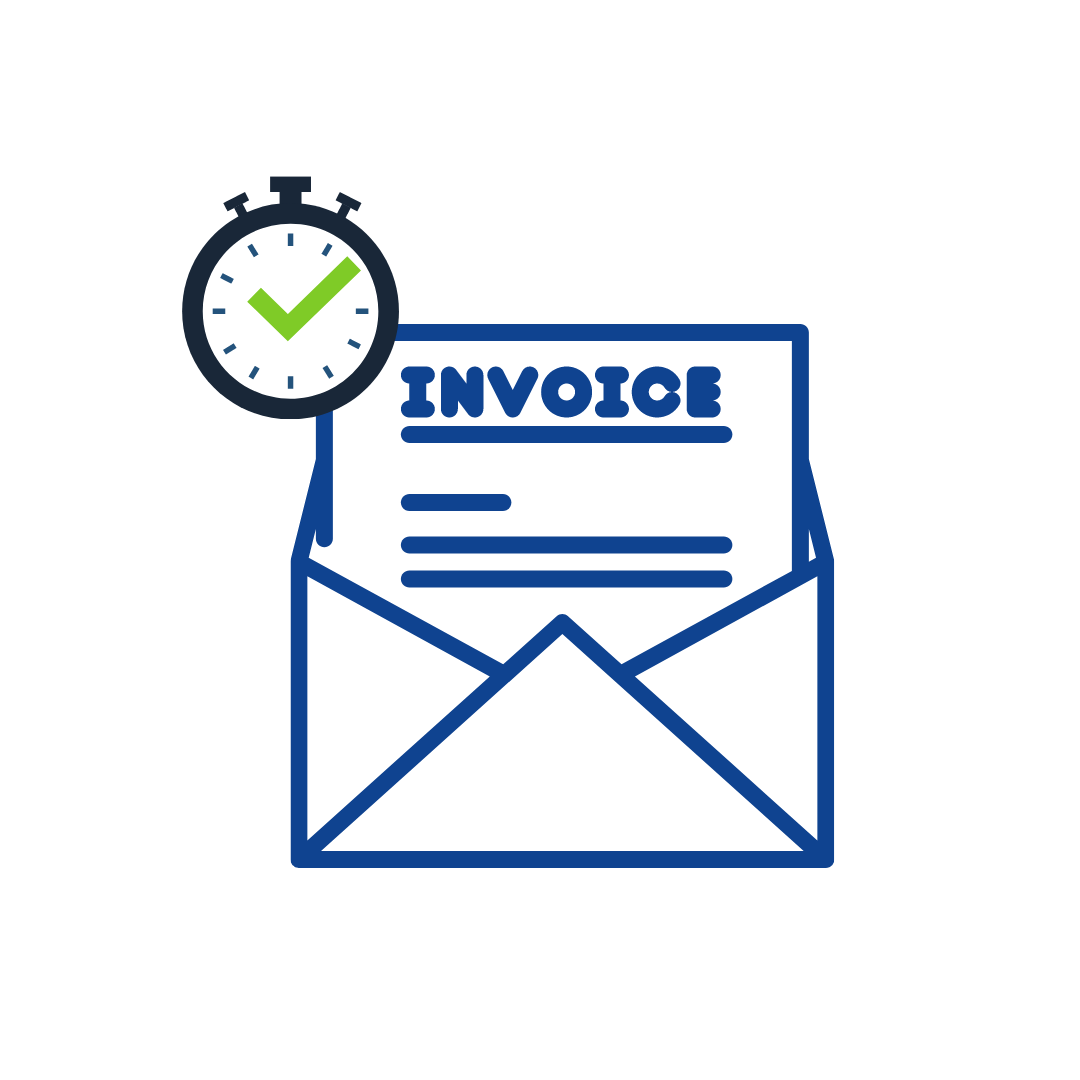
E-invoicing valuable for large and small companies
Ultimately, it is not the question if, but when, you switch to e-invoicing
Anyone who runs a business knows that a good cash flow is the most important indicator of how your business is doing. In fact, you can be a profitable company and still go bankrupt if your cash flow is negative. Crucial to a healthy cash flow is prompt payment of invoices. The solution? E-invoicing!
Here is where e-invoicing can help
E-invoicing has been mandatory for government institutions since April 2019 and many large companies have already switched. But it is also interesting for smaller companies, especially if you have many customers who already work with it, explains Jean-Marc, Finance & Control manager at Profource.
Profource has guided several clients in the implementation of e-invoicing but has itself only sent e-invoices via an invoice portal and not yet from its own ERP system. It was therefore time to practise what we preach. We have many government clients so the business case was easily made. Furthermore, although we work with Oracle Cloud we had not previously linked e-invoicing to this system. It was an opportunity to gain the experience from which our clients would then benefit.

The biggest advantage of e-invoicing is faster payment
‘That’s where the profit really lies,’ says Jean-Marc. With the advent of e-invoicing, we notice that our invoices are paid faster by our clients. In addition, we have more time for other activities because routine work has been eliminated. We have chosen not to use the extra time to save FTEs, but to look at how as a finance department we can add value to the organisation in other ways’
For the layman: how does e-invoicing work exactly?
Rense, former team manager Finance & Control and project leader in the implementation of e-invoicing explains: ‘Any company that wants to work with e-invoicing should join the PEPPOL network. Through this network, affiliated organisations can send electronic documents to each other, including e-invoices, and it ensures that the sent e-invoice arrives in the customer’s system.’
Connecting your own ERP system directly to the PEPPOL network is usually not possible. You need an intermediary, an ‘access point’. There are providers all over the world who can do this. One of the best known is TIE Kinetix, a party with a lot of experience and an excellent reputation. If the link is made at the back, it works very easily. The financial department enters the data into its own ERP system. The system then sends the invoice to the TIE Kinetix server, which in turn sends it to the PEPPOL network. There, the match is made and the invoice automatically enters the ERP system of the recipient. Rense: ‘No human hand is involved;’
TIE Kinetix and Profource have been working together for some time. Arjan Sloot, Country Manager Benelux at TIE Kinetix explains: Profource and TIE Kinetix complement each other perfectly. They are very strong in guiding the onboarding and we provide the platform and solutions to realise the e-invoicing.’
Is it secure?
‘Absolutely’, says Jean-Marc. ‘I’m a real control freak myself, so I want to be satisfied that things are going well. TIE Kinetix has developed a portal so that you can always see what the status is and what changes have been made. It works great.’ The error rate with e-invoicing is much lower than with manual invoicing and it is less susceptible to fraud. Moreover, if the process breaks down for any reason, you can always fall back on the old process. Until 100% of your customers work with e-invoicing, the old ways will continue to exist.
So, you are convinced, and you want to switch to e-invoicing. How do you do it?
It starts with mapping out the requirements. What requirements must the invoice satisfy to enter the PEPPOL network? ‘It is nice to have an experienced party involved, someone who can ask the right questions’, says Rense. ‘It is a continuous process. The better the match, the better it works. With every new customer you connect, you have to check again that it’s right.’ Arjan agrees: ‘You have to deal with legal and fiscal requirements on an invoice and the possibilities of the ERP system. Within that, you have to find the space to match the customer’s wishes as closely as possible. Sometimes that can be quite tricky.’
Technology and content: both essential for successful e-invoicing
In the implementation team you therefore need both technical people and people from operations. E-invoicing is best approached from the perspective of your business goals and not as a purely technical IT project. This is certainly true if you want to set it up systematically,’ says Arjan. Once the link has been made, determine the onboarding strategy. ‘Always start with the customers who are already connected to PEPPOL. And with customers who receive many invoices from you. That’s the low-hanging fruit,’ says Rense. Then, step by step, connect more customers and further optimise the process. After the optimisation, Profource ensures that those involved in the process are trained and that the process is secured. After that, we will step back, but remain involved in the background
Who can benefit from e-invoicing?
In the long run, everyone, but the most profitable gains can be made if a significant proportion of your customers work with e-invoicing. ‘At the moment, 40% of our sales are connected to the system,’ says Jean-Marc. In the end, it is not a question of if, but when, you switch to e-invoicing. When everyone is connected, we will really reap the benefits

